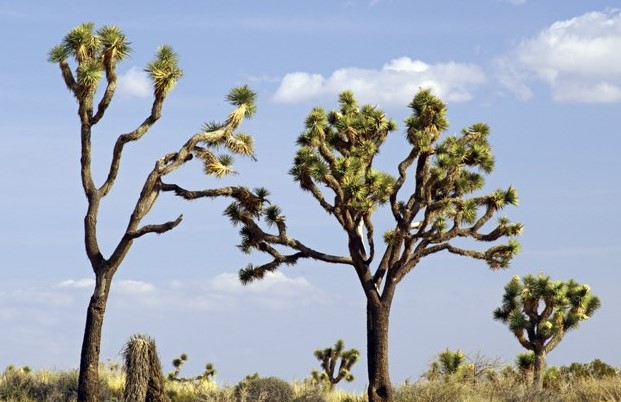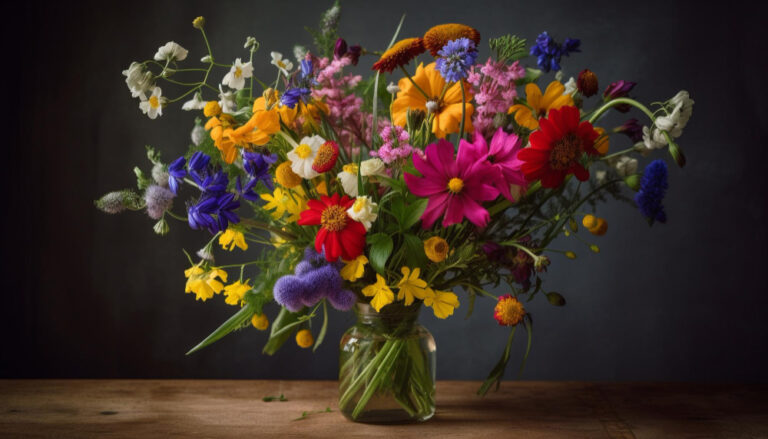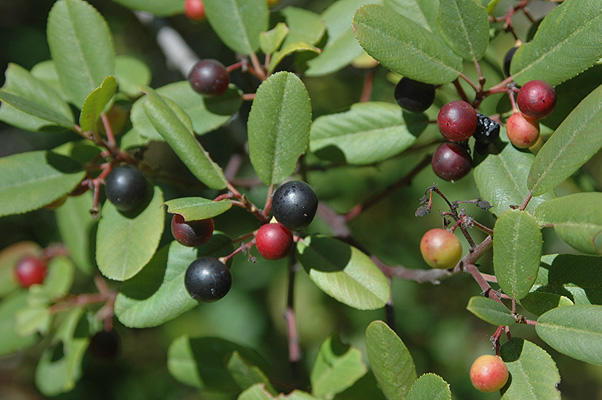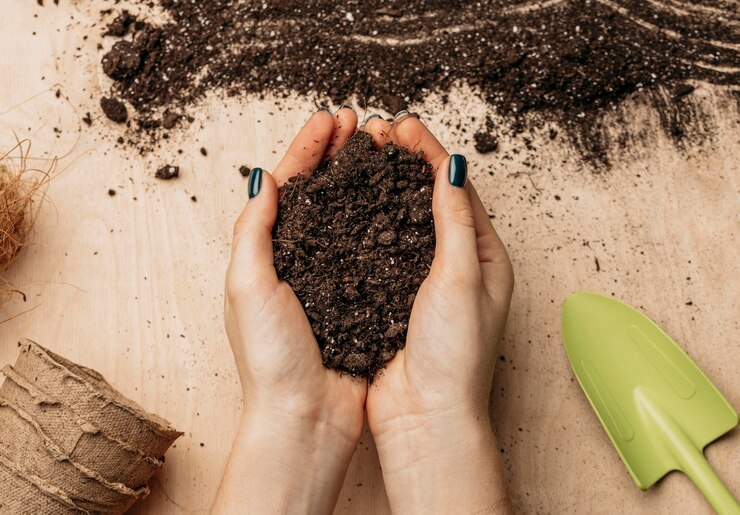Dahlia Pinnata: The Complete Guide to Growing and Caring for This Stunning Flower
Introduction
Dahlia Pinnata, a dazzling member of the Asteraceae family, is a garden favorite known for its spectacular blooms and variety of colors. With its origins rooted in Mexico, this flower has gained popularity worldwide, gracing gardens and floral arrangements with its vibrant presence. Whether you’re an experienced gardener or just starting, Dahlia Pinnata is a rewarding addition to any landscape.
History of Dahlia Pinnata
Origin and Native Habitat
Dahlia Pinnata hails from the highlands of Mexico and Central America, where it was first cultivated by the Aztecs for both its beauty and medicinal properties. The flower’s journey to Europe began in the late 18th century, where it quickly became a horticultural sensation. The Spanish conquistadors were the first to bring Dahlia tubers to Europe, introducing them to botanists and gardeners who were captivated by their unique beauty.
Historical Significance
Historically, Dahlia Pinnata played a crucial role in the cultures of indigenous peoples in Mexico. The Aztecs utilized it not only for ornamental purposes but also for its tubers, which were used in various traditional remedies. In Europe, the flower gained symbolic importance, often representing elegance, inner strength, and the natural beauty of the New World.
Botanical Characteristics
Physical Description
Dahlia Pinnata boasts a wide array of shapes and sizes, typically characterized by its bushy, tuberous roots and striking, large blooms that can reach up to 12 inches in diameter. The flowers can be single, double, or even cactus-shaped, with colors ranging from soft pastels to bold, vibrant hues. The foliage is usually dark green and pinnate, contributing to the plant’s overall aesthetic appeal.
Growth Patterns
This perennial plant grows to heights of 3 to 5 feet, depending on the variety and growing conditions. It has a bushy growth habit with multiple stems, making it an ideal choice for adding volume and color to garden beds. The robust growth of Dahlia Pinnata means it can provide a stunning focal point in any garden setting.
ALSO READ:Lillyflower2003
Varieties and Cultivars
Popular Varieties
There are countless varieties of Dahlia Pinnata, each with unique characteristics. Some popular varieties include ‘Arabian Night’ with its deep maroon petals, ‘Cafe au Lait’ known for its creamy, soft blooms, and ‘Thomas Edison’ which dazzles with vibrant purple flowers. Each variety has been bred to highlight specific traits such as color, petal form, and size.
Hybrid Cultivars
Hybridization has led to the creation of many cultivars, enhancing the plant’s color range, bloom size, and resilience. These hybrids are often bred for specific traits, such as increased disease resistance or unique petal shapes. For instance, the ‘Dinnerplate Dahlia’ hybrids are renowned for their exceptionally large blooms, while the ‘Pompon’ varieties are prized for their compact, perfectly spherical flowers.
Growing Conditions
Ideal Climate
Dahlia Pinnata thrives in moderate climates, preferring temperatures between 60-70°F (15-21°C). It is sensitive to frost and performs best in regions with warm summers and mild winters. In colder areas, Dahlias are often grown as annuals or dug up and stored indoors during winter.
Soil Requirements
Well-drained, fertile soil is essential for the healthy growth of Dahlia Pinnata. The soil should be rich in organic matter, with a pH level between 6.0 and 7.5. Incorporating compost or well-rotted manure into the planting area can significantly improve soil fertility and structure, providing a nutritious environment for the plants.
Sunlight Needs
Full sun exposure is crucial for optimal flowering. Dahlia Pinnata requires at least 6-8 hours of direct sunlight daily to produce its stunning blooms. Insufficient sunlight can lead to leggy growth and reduced flowering, so it’s important to choose a planting location that receives ample sunlight throughout the day.
Planting Dahlia Pinnata
When to Plant
The best time to plant Dahlia Pinnata is in the spring, after the danger of frost has passed. In colder climates, it’s advisable to start the tubers indoors and transplant them outdoors once the weather warms up. This gives the plants a head start and ensures they have a longer growing season to develop and bloom.
How to Plant
Plant the tubers about 6 inches deep, with the growing points facing upwards. Cover them with soil and water thoroughly to encourage root development. Mulching around the plants can help retain moisture and suppress weeds, creating a more favorable growing environment.
Spacing and Depth
Space the tubers about 18-24 inches apart to allow ample room for growth and air circulation. Proper spacing helps prevent disease and ensures each plant has enough nutrients to thrive. Crowded conditions can lead to poor air circulation, increasing the risk of fungal diseases and pest infestations.
Caring for Dahlia Pinnata
Watering Needs
Dahlia Pinnata requires consistent moisture, especially during the growing season. Water deeply once or twice a week, ensuring the soil remains moist but not waterlogged. Overwatering can lead to root rot, while underwatering can stress the plants and reduce flowering. A drip irrigation system can be an efficient way to provide consistent moisture without wetting the foliage, which can help prevent fungal diseases.
Fertilization
Feed the plants with a balanced fertilizer every 3-4 weeks to promote healthy growth and abundant flowering. A 10-10-10 NPK fertilizer is ideal for Dahlias. Alternatively, organic options such as compost tea or fish emulsion can provide the necessary nutrients while also improving soil health.
Pruning and Deadheading
Regular pruning helps maintain the plant’s shape and encourages more blooms. Remove spent flowers (deadheading) to direct the plant’s energy towards new growth and flowering. Pinching out the growing tips in the early stages can also promote bushier growth and more flowering stems.
Common Pests and Diseases
Pest Identification and Management
Common pests include aphids, spider mites, and slugs. Monitor the plants regularly and use appropriate insecticides or natural predators to manage infestations. For example, introducing ladybugs can help control aphid populations, while diatomaceous earth can deter slugs.
Disease Prevention and Treatment
Dahlia Pinnata can be susceptible to fungal diseases like powdery mildew and botrytis. Ensure good air circulation, avoid overhead watering, and use fungicides if necessary. Removing and destroying infected plant material can also help prevent the spread of disease.
Propagation Methods
Seed Propagation
Growing Dahlia Pinnata from seeds is possible but less common due to the variability in offspring. Seeds should be started indoors 6-8 weeks before the last frost date. Transplant the seedlings outdoors after the danger of frost has passed, ensuring they are well-acclimated to outdoor conditions.
Tuber Division
The most common propagation method is by dividing tubers. Each division should have at least one eye (growing point) and can be planted as described earlier. Dividing tubers not only helps propagate new plants but also rejuvenates older plants, encouraging more vigorous growth and flowering.
Cuttings
Taking cuttings from the basal shoots in spring is another effective propagation method. Root the cuttings in a moist, well-draining medium until new growth appears. This method allows for the rapid production of new plants and can be particularly useful for propagating specific varieties or hybrids.
Seasonal Maintenance
Spring Care
Start tubers indoors or in a greenhouse in colder climates. Prepare garden beds by enriching the soil with compost. As the weather warms, gradually acclimate the plants to outdoor conditions to minimize transplant shock.
Summer Care
Ensure regular watering and fertilization. Watch for pests and diseases and address any issues promptly. Deadheading spent blooms will encourage continuous flowering throughout the summer.
Fall Care
As the season ends, reduce watering and allow the plants to begin dormancy. Cut back stems after the first frost. In colder climates, dig up the tubers and store them for winter.
Winter Care
In frost-prone areas, dig up the tubers and store them in a cool, dry place. In milder climates, mulching may be sufficient to protect the plants. Inspect stored tubers periodically for signs of rot or desiccation, and discard any that show signs of disease.
Uses of Dahlia Pinnata
Ornamental Uses
Dahlia Pinnata is a favorite for garden beds, borders, and containers. Its vibrant colors and diverse forms make it a stunning focal point. The plant’s versatility allows it to be used in various garden styles, from formal to cottage gardens.
Cut Flowers
The long-lasting blooms of Dahlia Pinnata make it ideal for cut flower arrangements, adding elegance and color to any bouquet. Their sturdy stems and large flowers make them perfect for creating dramatic floral displays.
Landscaping
In landscaping, Dahlia Pinnata can be used to create striking displays, complementing other perennials and annuals in mixed borders. Its bold colors and diverse forms can add visual interest and depth to any landscape design.
Dahlia Pinnata in Floral Arrangements
Popularity in Bouquets
Dahlia Pinnata is highly sought after for bouquets due to its large, colorful blooms. It pairs well with other flowers and greenery to create visually appealing arrangements. Whether used as a focal point or an accent flower, Dahlias add a touch of elegance and sophistication to any floral design.
Tips for Longevity
To maximize the longevity of cut Dahlias, change the water daily, trim the stems regularly, and keep the arrangement out of direct sunlight and heat. Adding a floral preservative to the water can also help extend the life of the blooms.
Symbolism and Cultural Significance
Meanings in Different Cultures
In various cultures, Dahlia Pinnata symbolizes elegance, inner strength, and creativity. It is often associated with positive change and dignity. In the Victorian language of flowers, Dahlias conveyed sentiments of elegance and dignity, making them popular choices for expressing admiration and appreciation.
Occasions for Use
Dahlia Pinnata is suitable for a wide range of occasions, from weddings and anniversaries to celebrations of achievement and personal milestones. Its versatility and beauty make it a fitting choice for expressing a variety of emotions and sentiments.
Environmental Impact
Benefits to Pollinators
Dahlia Pinnata attracts bees, butterflies, and other pollinators, supporting biodiversity in the garden. By providing a source of nectar and pollen, Dahlias contribute to the health and sustainability of pollinator populations.
Role in Ecosystems
By providing nectar and habitat, Dahlia Pinnata plays a role in maintaining healthy ecosystems and promoting the well-being of various insect species. Its presence in gardens can enhance local biodiversity and contribute to the ecological balance.
Conclusion
Dahlia Pinnata is a captivating and versatile flower that offers both beauty and ecological benefits. Whether you’re an experienced gardener or a beginner, growing this stunning plant can bring joy and color to your garden. With proper care and attention, Dahlia Pinnata will reward you with its breathtaking blooms season after season.
FAQs
How long does it take for Dahlia Pinnata to bloom?
Dahlia Pinnata typically takes about 8-10 weeks from planting to bloom, depending on the growing conditions and variety. Starting tubers indoors can help ensure earlier blooms in the growing season.
Can Dahlia Pinnata grow in containers?
Yes, Dahlia Pinnata can thrive in containers if provided with sufficient space, proper soil, and regular care. Choose a large container with good drainage and fill it with a high-quality potting mix.
What are the most common problems when growing Dahlia Pinnata?
Common problems include pest infestations (aphids, spider mites), fungal diseases (powdery mildew), and issues related to improper watering. Regular monitoring and preventive care can help mitigate these issues.
How do you store Dahlia tubers over winter?
Store Dahlia tubers in a cool, dry place, such as a basement or garage. Ensure they are packed in peat moss or sawdust to prevent drying out. Check periodically for signs of rot or dehydration and adjust storage conditions as needed.
Are Dahlias toxic to pets?
While Dahlias are generally non-toxic to humans, they can cause mild gastrointestinal upset if ingested by pets. It’s best to keep them out of reach of curious animals to avoid any potential issues.







